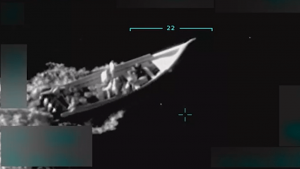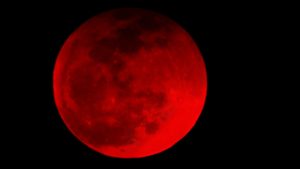Six planets in our Solar System aligning, so that they can be seen in a line at once in the night sky, is a significant astronomical event.
A planetary alignment forms when the planets appear as on same side of the Sun, lined up from the Earth’s perspective.
Astronomers prefer the term “alignment,” but the name “parade” is many times used because the planets appear to be marching in a parade in the night sky.
From January 21, 2025, skywatchers in most parts of the world were thrilled to see six planets – Venus, Mars, Jupiter, Saturn, Uranus, Neptune – in planetary parade in the night sky.
The farthest planet visible to the unaided eye on Earth is Saturn, so observers with telescopes could watch as Uranus and Neptune joined the parade.
This is expected to peak on January 29 and will last till mid-February, 2025.
Planetary alignment involving fewer than four planets is common, but this parade of as many as six planets occurs in decades. By February, 2025, the planet Mercury will join the parade, bringing the number of planets in this parade to seven.
The best time to watch is immediately after sunset.
When the sky is clear, you can tell the planets apart from the stars because they are in a line and do not twinkle unlike stars. Stars also appear more stationary than planets in the night sky.
Skywatchers in Kano State, northern Nigeria, which is famous for its clear skies, have been enjoying this astronomical event.
The planet Saturn is 1.546 billion kilometres from Earth and appears dim, but can be seen with the naked eye.
Uranus is 2.874 billion kilometres from Earth, and Neptune is 4.559 billion kilometres away.
Uranus can be seen with an 8-inch aperture telescope with 50 times magnification, and a similar telescope with 150 times magnification is required to see Neptune.
Pluto is no longer of significance since it was demoted to a dwarf planet on 24 August, 2006, by the International Astronomical Union, IAU.
IAU was formed in 1919 and recognized Pluto as a planet when it was discovered in 1930.
However, evidence was advanced of our Moon being five times the mass of Pluto. Also, other dwarf planets bigger than it were discovered in the Solar System which cannot be recognized as planets, thereby forcing IAU to declassify Pluto.
So, all planets in our Solar System (apart from Earth) are involved in this rare planetary parade of 2025.
It is, therefore, easy to understand why it is called a once-in-a-lifetime experience for skywatchers and attracting so much media attention.











